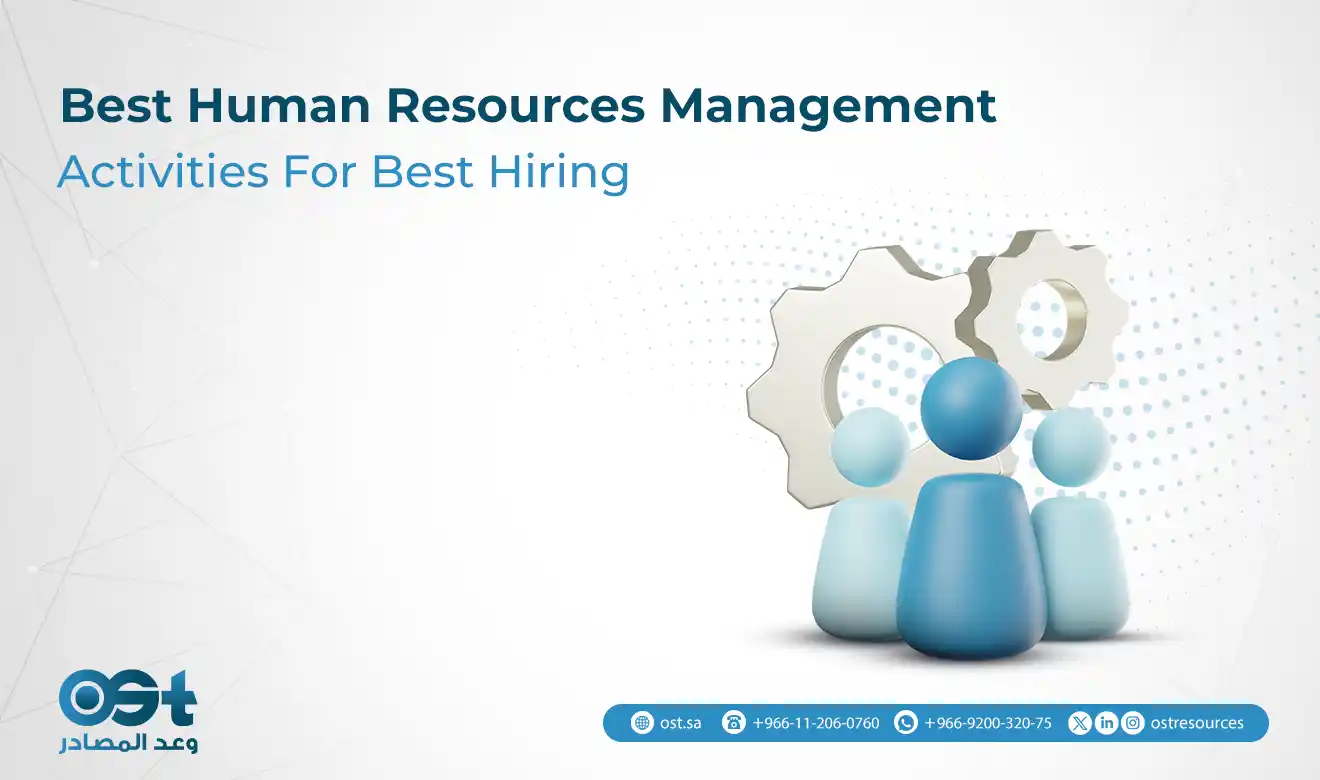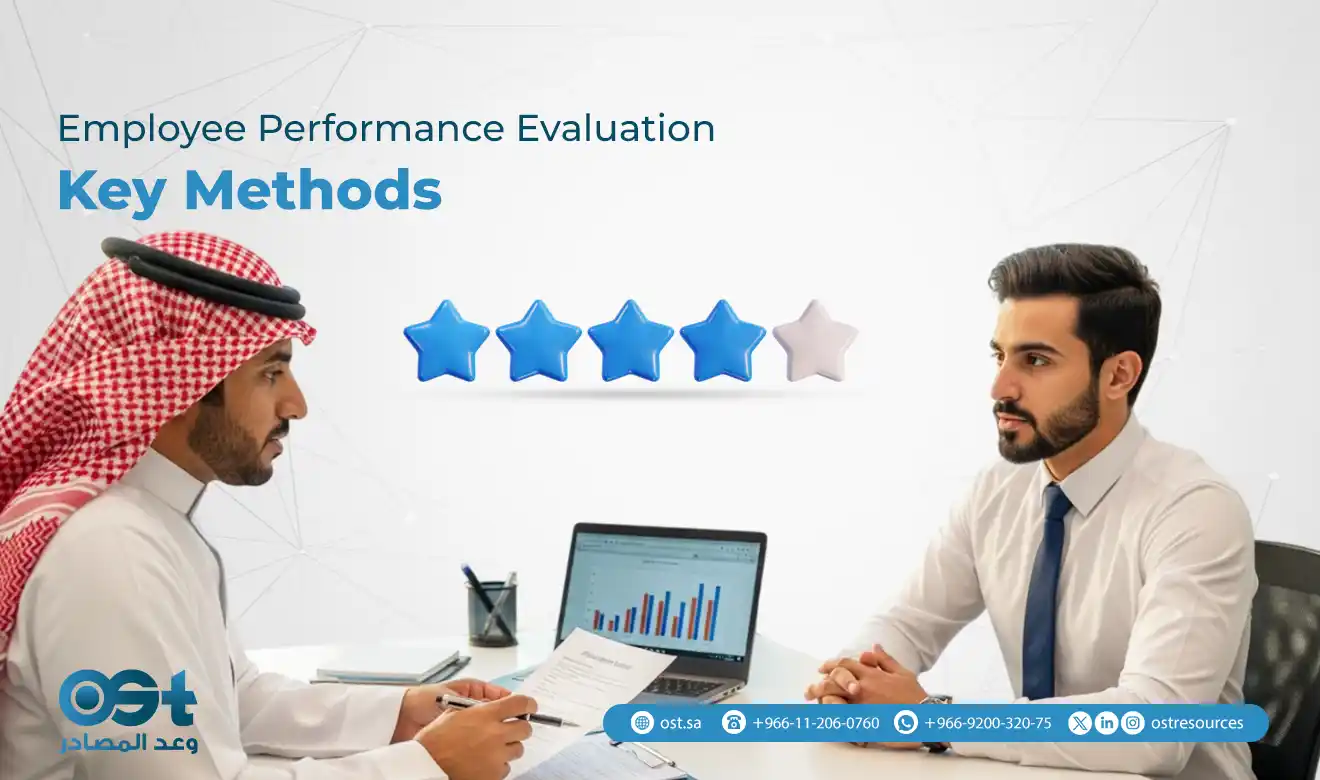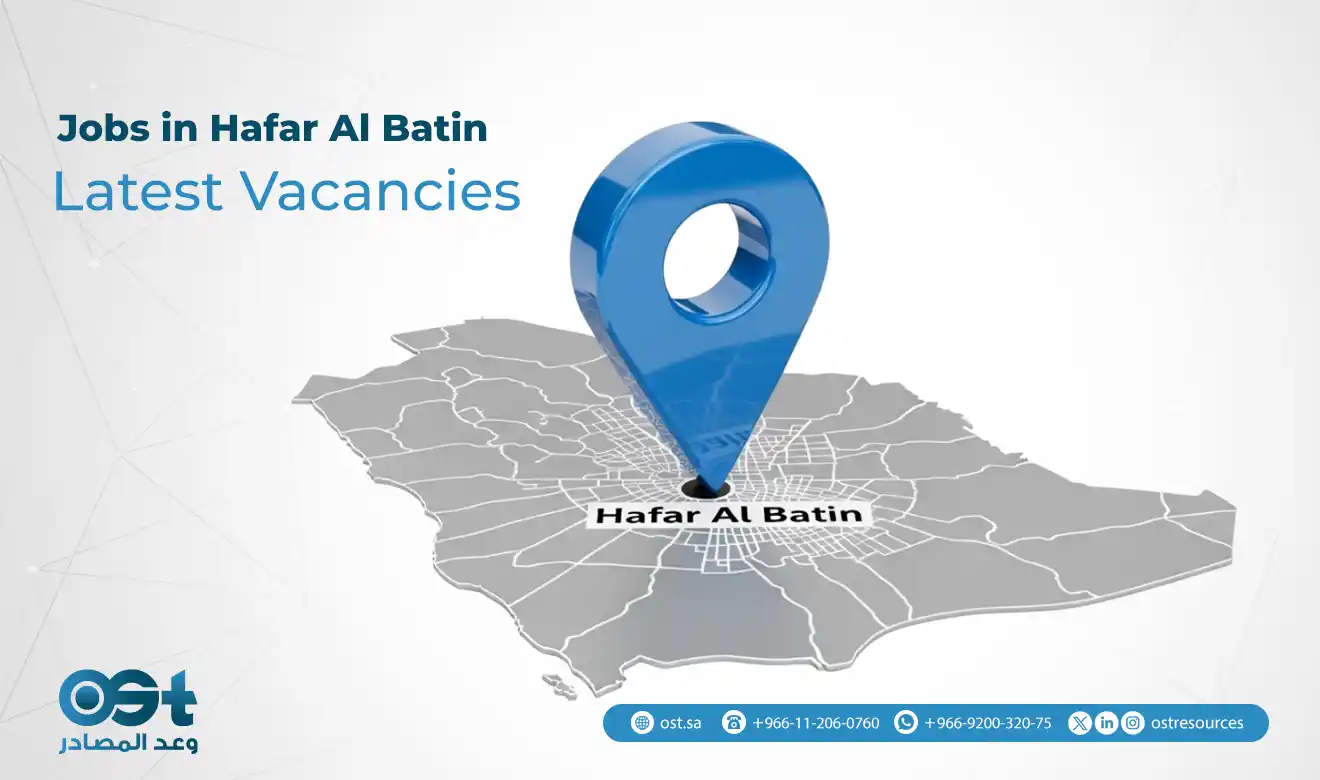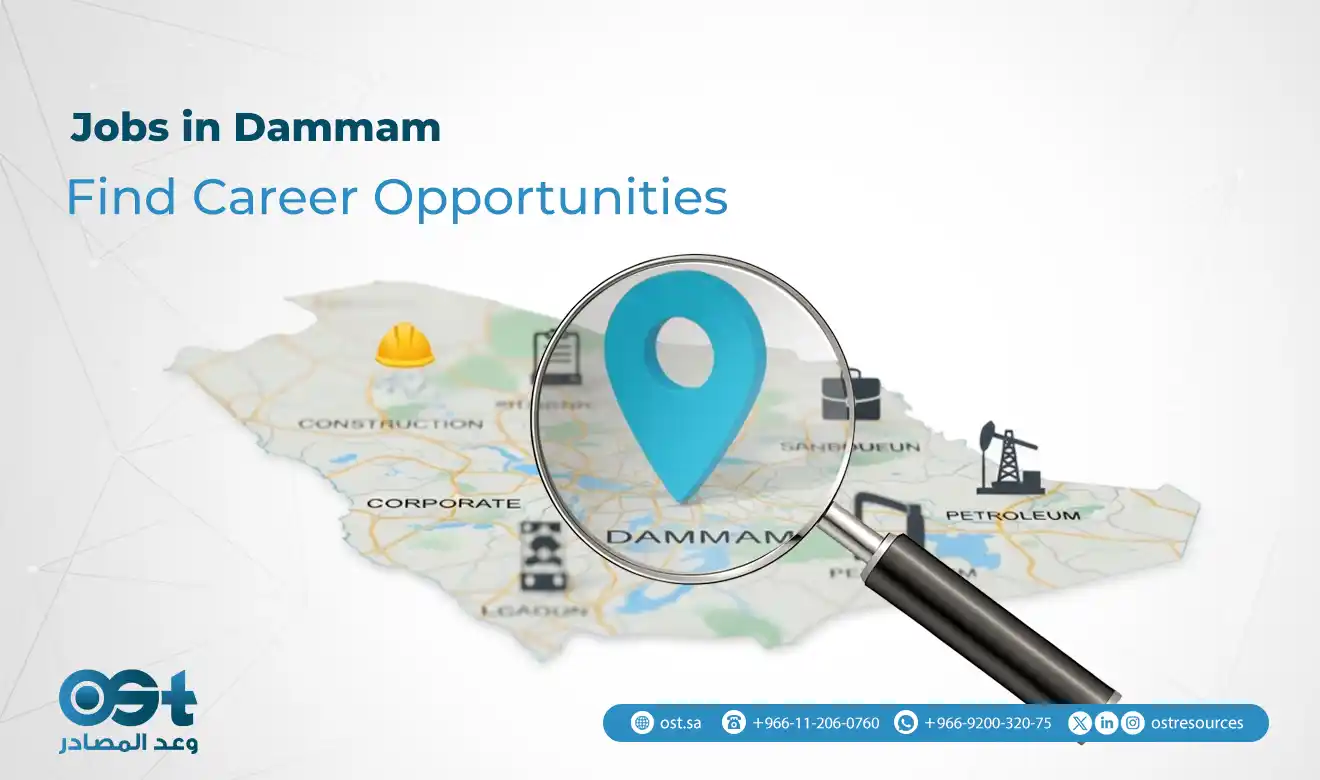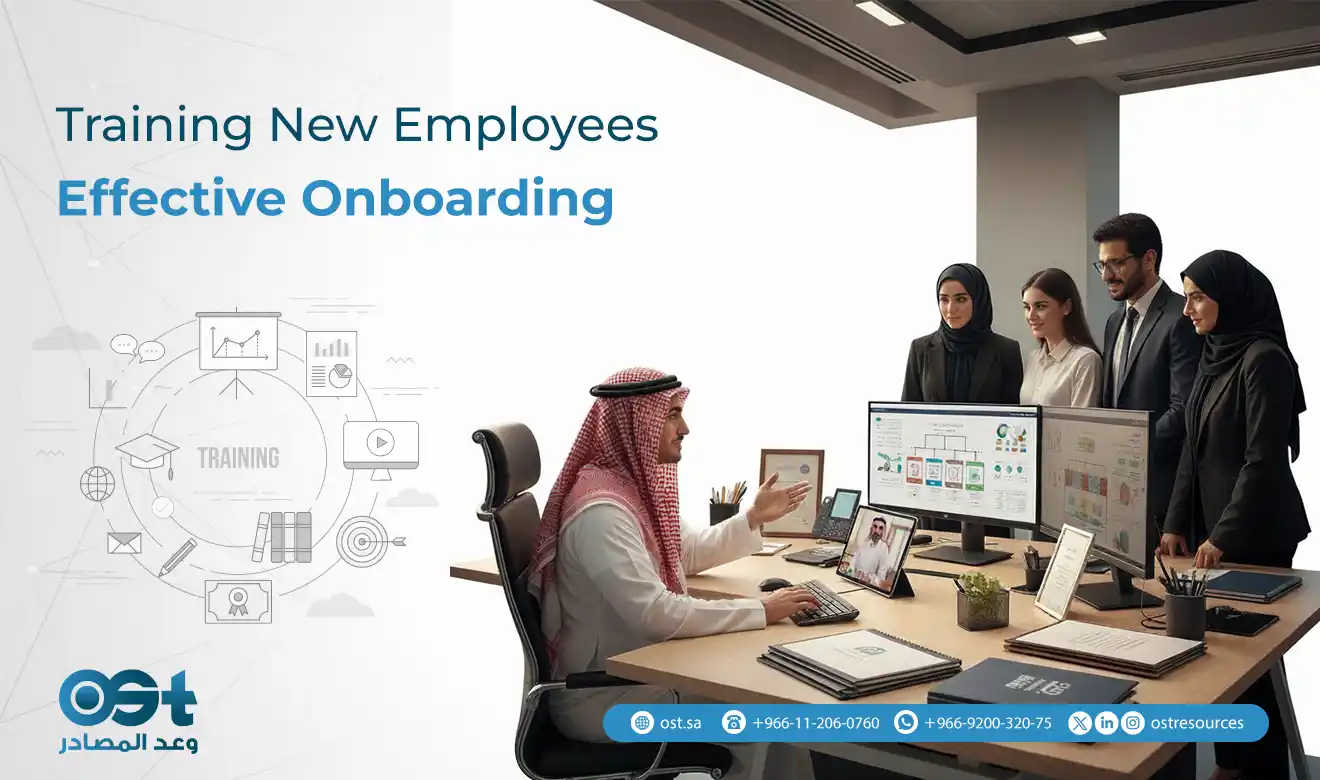Best Human Resources Management Activities for Best Hiring
We’ve all heard the term human resources management (HRM) in every company or industry around us, but have we ever considered what this term actually means?
Yes, dear reader, Human Resources Management Activities are numerous and diverse, encompassing all the strategies and changes any company might need to achieve remarkable success within its field. HR management, at its core, focuses on maximizing employee performance through continuous training and development, which significantly improves their job performance.
In addition, it plays a crucial role in establishing a positive work culture, promoting diversity and inclusion, and addressing employee grievances.
The Strategic Role of HRM in Organizational Success
We have no doubt that the strategic role of Human Resources Management Activities in all organizations and companies of all types is increasingly important as a key factor in achieving professional success on the ground. This includes the following aspects:
- Aligning human resources strategies with business objectives by developing initiatives that support workforce planning, talent acquisition, and employee development.
- Effectively managing and attracting human resources to activate them in appropriate roles to drive performance and innovation.
- Promoting an organizational culture that fosters collaboration and creativity with effective employee engagement.
- Promoting innovation by fostering an environment that encourages creativity and focuses on broad diversity of ideas.
- Improving employee performance by implementing effective performance management systems that ensure employee motivation, engagement, and alignment with the organization’s goals.
If you would like to know more about these roles, simply visit the official website of OST and find out everything you need to know.
What are the Core Activities of Human Resources Management?
In fact, there are many important activities that underpin human resources management in general, as they contribute to the effective development of workforce skills, which gives them great importance and popularity across the entire corporate spectrum. From this perspective, we are pleased to outline the most prominent Human Resources Management Activities as follows:
Workforce planning: Aligning Talent with Business Goals
This activity includes analyzing the capabilities of the current workforce, forecasting future staffing needs, and developing strategies to meet those needs through recruitment, training, and restructuring. This ensures that workforce planning is aligned with the organization’s strategic objectives, as well as identifying the skills and competencies necessary to achieve business goals.
Recruitment and Selection: Attracting the Right Candidates
It is considered one of the most important Human Resources Management Activities that attract, screen, and select qualified candidates for vacant positions. It includes analyzing jobs, developing job descriptions, searching for candidates, conducting interviews, and making final hiring decisions. It is also considered a highly effective standard because it is based on fair and unbiased selection practices through the application of structured interviews and evaluation criteria. This helps ensure that hiring decisions are based on merit rather than subjective factors.
Performance Management: Evaluating and Enhancing Productivity
This type of activity focuses on setting performance standards, conducting evaluations, and providing feedback to employees. This enables systems to align individual goals with organizational objectives and identify areas for improvement. Furthermore, this activity aims to engage employees in the goal-setting process without denying the importance of regular feedback and open communication between managers and employees, which have long been recognized as key to overall business success.
Compensation and Benefits: Balancing cost and motivation
There’s no denying that this activity is one of the most prominent and effective Human Resources Management Activities in the industry. Through it, compensation structures are developed and coordinated with benefits packages to attract and retain talent. This includes salary management, health benefits, retirement plans, bonuses, and many other incentives. Furthermore, market research is conducted to develop competitive salary structures that reflect industry standards, ensuring the organization’s ability to attract the best talent. This competitiveness, in turn, helps reduce employee turnover rates.
Compliance and Labor law: Mitigating legal Risks in HRM
Did you know that Human Resources Management Activities ensure that an organization fully complies with labor laws and regulations related to employment practices, workplace safety, equal opportunity, and employee rights? This is crucial to avoiding legal issues and promoting a fair work environment in every sense of the word. Accordingly, the laws that any organization must adhere to can be summarized as follows:
- Labor standards and fair employment opportunity laws.
- Wage and hour laws.
- Family and medical leave laws.
- Health care laws.
- Labor relations laws.
- Occupational Safety and Health Administration.
If you would like to learn more about these laws, we recommend that you visit the official website of OST and find out everything you need.
HR Technology Tools: Enhancing Efficiency in HR Operations
Did you know that all the Human Resources Management Activities and strategies we discussed above cannot be accomplished without the use and implementation of advanced and modern tools that keep pace with any changes or updates that may occur in the work environment and its field in general? With this in mind, we are pleased to explain these tools to you as follows:
- Applicant tracking systems that help HR teams filter resumes and track candidates throughout the hiring process.
- Human Resources Information Systems that focus on data access and improve data management.
- Performance management programs that set performance goals, conduct evaluations, and provide feedback.
- Learning management systems that support employee onboarding and continuous skill development.
- Payroll programs that ensure accurate and timely payment of employee salaries while maintaining compliance with tax regulations.
- Attendance tracking systems that help monitor employee attendance, work hours, and leave requests.
- Employee self-service portals that allow employees to access their personal information, benefits, and payroll, as well as submit leave requests or update their records without the need for assistance from the HR department.
How OST supports Effective Human Resources Management Across sectors
After reviewing everything related to Human Resources Management Activities and their importance in the corporate sector, as well as understanding how to employ them within the framework of work, we must identify the most important company capable of providing this service in a professional manner. This is, of course, OST.
OST greatly supports this sector, adopts it as a fundamental pillar, and offers innovative solutions within its overall business approach. Below are some of the ways OST effectively supports human resources management:
- HR Technology Solutions.
- Custom Software Development.
- Data Analytics and Reporting.
- Employee Engagement Tools.
- Compliance Management.
- Training and Development Solutions.
Conclusion
To summarize, Human Resources Management Activities are vital to enhancing workforce productivity and engagement. They not only improve employee performance but also align workforce capabilities with the organization’s strategic goals. Consequently, employees will feel valued and empowered, which effectively improves organizational performance.

